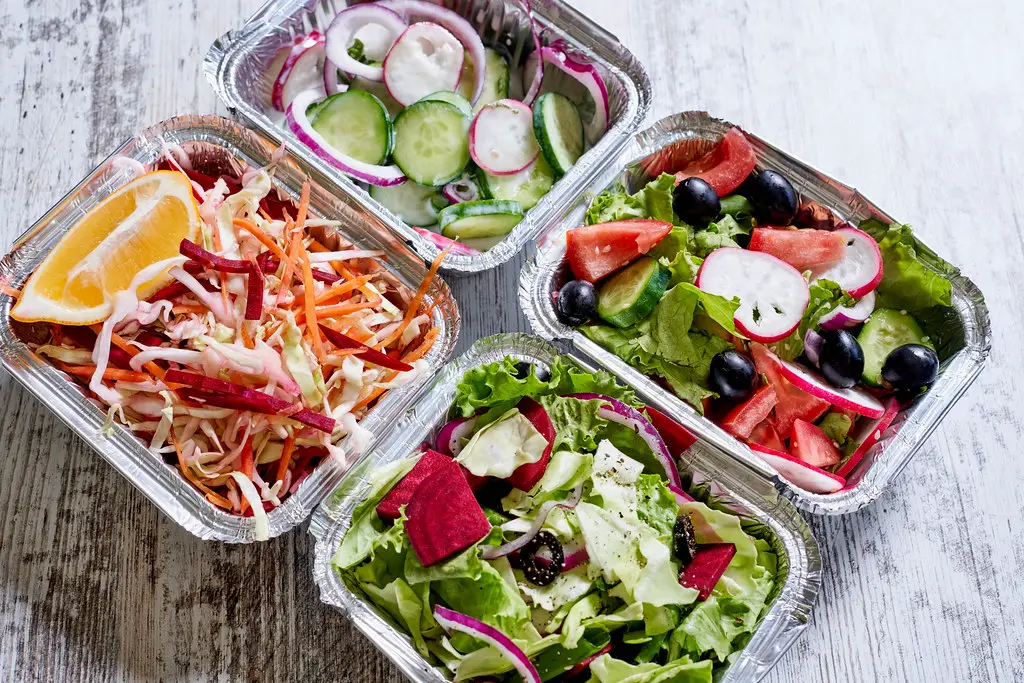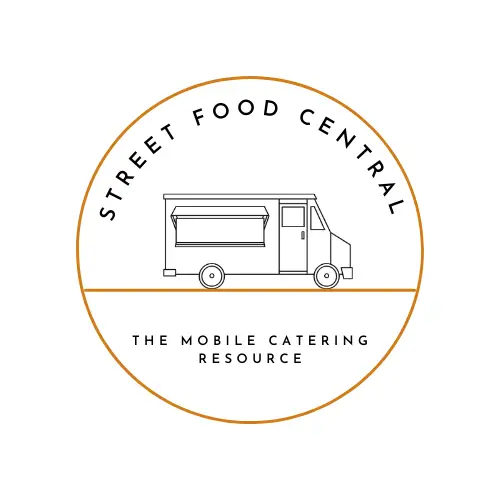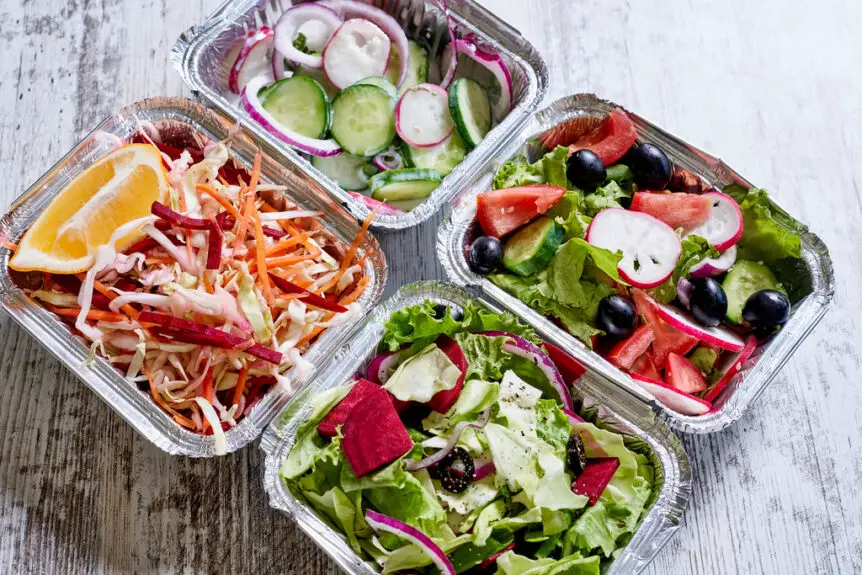See the best packaging for delivering hot food to your customers

Hot food delivery has seen a steady increase over recent years with the rise of food delivery apps such as Deliveroo, Uber Eats, and Just East.
This was accelerated by the covid pandemic of 2020 where food businesses had to adapt to lockdowns and provide takeaway orders only.
Some food businesses have had to provide takeaway deliveries for the very first time, meaning they had to learn the logistics of delivering hot food.
One question, in particular, that will no doubt be asked is what is the best packaging for hot food delivery?
Some of the best hot food packaging materials include cardboard, Styrofoam, plant-based plastics, and aluminum.
However, they all have their pros and cons and there are a few additional things to consider when choosing the right type of hot food packaging for takeaway delivery which we will go into in more detail in this article.
The best packaging for hot food delivery
Delivering hot food is not the same as eating the food onsite at a cafe or restaurant, which means there are a few things that you have to ensure that the food gets to your customers in the correct condition.
Packaging materials
There are a number of raw materials used for hot food delivery, each with its own benefits. Here are some of the most common hot food packaging materials used in takeaway deliveries.
- Styrofoam – This type of hot food packaging is made from a type of polystyrene foam which is good for insulation, keeping the hot food fresher and warmer for longer. However, this type of packaging does not tend to be visually appealing and can look quite inexpensive. Styrofoam is also not commonly recycled which means it’s the least environmentally friendly type of packaging.
- Cardboard – Cardboard or paper hot food packaging on the other hand is the most environmentally friendly material and is 100% recyclable and biodegradable. They are leakproof which makes them good for serving dishes like curries or sauces and the packaging looks more premium. However, they are more expensive than foam hot food packaging.
- Plastic – Plastics are strong, durable, cheap to produce, and great for protecting food whilst in transit. However, they are not environmentally friendly and hold a lot of moisture which can lead to soggy food.
- Foil/aluminum – Aluminum foil is good for packaging hot food such as burritos, wraps, and grilled sandwiches because its heat inductive which means it holds heat well. It’s also good for protecting against contaminants, is relatively cheap to buy, and is 100% recyclable, making it one of the easiest materials to reprocess.
Related articles:
- How To Start A Ghost Kitchen From Home
- 6 Best Suppliers Of Biodegradable packaging
- How To Cook Food In Large Quantities
- What Insurance Do I Need To Delivery Food In The UK?
Cross-contamination
When you cook food in a commercial setting there is always the risk of cross-contamination, whereby bacteria can transfer from other types of food and equipment to the food you are packaging and delivering to your customers.
It’s therefore good practice to use “tamper-proof” hot food delivery boxes which seal the boxes tight.
Cost of packaging
When running any type of business the cost of materials should always be a factor in making decisions. It’s what helps to maximize profits.
So striking a balance between practicality and visual appeal is a good way to go when choosing the right type of hot food packaging for your business.
Visual appeal
Aside from food boxes being practical for storing food you also want to think about the presentation and how it looks to your customers.
Having a premium look and feel, as well as good branding will go a long way to make your products appealing even before your customers tuck into your delicious food.
Temperature control
When customers order a hot food delivery they obviously want it hot when it arrives. This means having hot food packaging that holds heat for an extended time period of up to 1hr. It’s also a good idea to package hot and cold food separately.
Sustainable packaging
We now live in an environment where businesses and consumers are more aware of how disposable packaging impacts the natural world. Consumers expect disposable food packaging to be made from reusable, compostable, or biodegradable sources.
Some of these include:
- Reusable packaging – Made from harder materials that can be used more than once (think microwavable hot food packaging that can be used for storing food in the fridge or freezer).
- Compostable packaging – Packaging made from plant-based materials that can be broken down as foodstuffs under the correct recycling process.
- Biodegradable packaging – Packaging made from material that takes less than 180 days to decompose, such as paper, cardboard, wood, and compostable plastics.
Key takeaways
When choosing the best packaging for food delivery there are a few key things you want to remember.
Go for food packaging materials that are good for the environment such as biodegradable or compostable plastics, paper, or cardboard. And go for a premium look and feel to help your products and branding stand out.
You also need packaging that is up to the task of keeping food warm for extended periods between it being made in your kitchen and its arriving at your customer’s door.
And finally, choose packaging that is at the right price point so that you are not eating into your price per unit.

